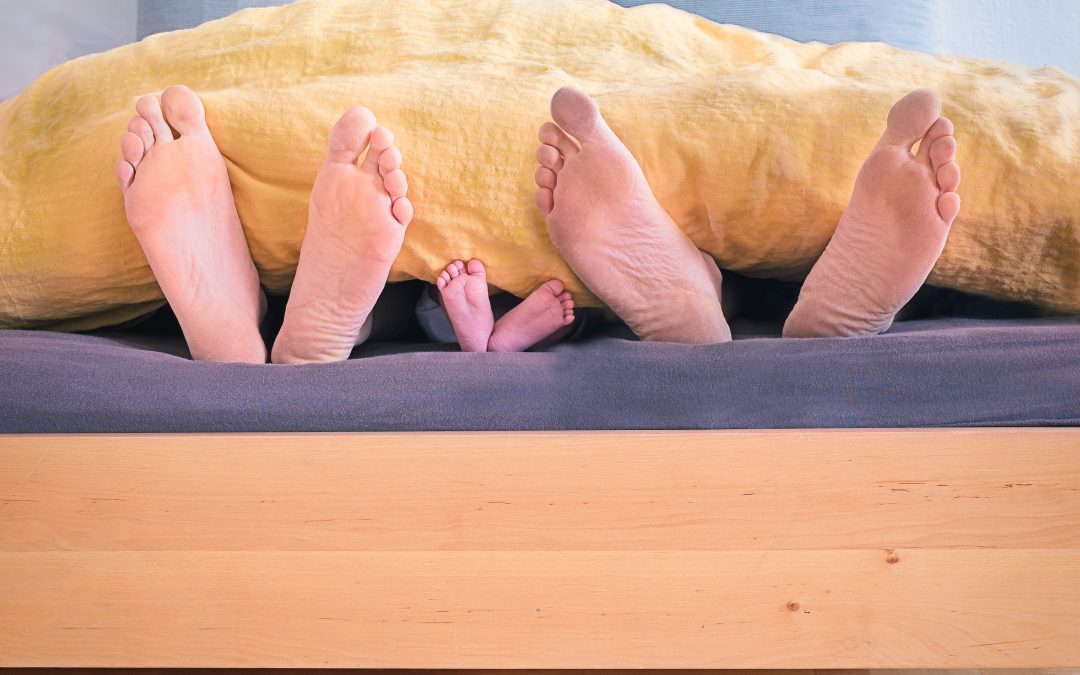Osteopaths deal with a number of foot and ankle conditions, but plantar fasciits is the most common. It is thought to occur in about 10% of the population at some point, and about 20% of runners. It is associated with degenerative changes to the plantar fascia, so treatment has to focus on stimulating strength and regrowth of the cells around the heel.
What is the plantar fascia?
The bones of your foot are held in an arch by a system of ligaments, muscles and connective tissue. As you load the foot, this system absorbs the weight of your body, and the arches flatten. When you move on the tissues spring back, providing energy for your next step, and the arches rise again.
The plantar fascia is the connective tissue that contains and wraps around those muscles under your foot. It runs from the heel to the toes and provides support for the arches and helps the muscles function correctly.

What are the symptoms of plantar fasciitis?
People with plantar fasciitis commonly feel pain in their heel on getting out of bed first thing in the morning. The pain is typically at the front of the heel under the foot, rather than at the back near the Achilles. They may have to limp for 10-20 minutes because they can only put weight on their toes. This is normally worse if they have been doing more exercise than normal the previous day, such as a long walk or a run. There is no redness or swelling, but the front of the heel may be tender to pressure.

What are the causes of plantar fasciitis?
Plantar fasciitis develops when the foot is asked to do more work than it can cope with. This can be a single event such as an unexpectedly long walk, or it can develop slowly over time. In my experience there are broadly two types of person that get plantar fasciitis:
1. A fairly fit, active person who may be increasing their level of activity or training. As they do more sport or activity they may overstep the capacity of their tissues and develop an injury, in this case the plantar fascia. This person is basically healthy, and should respond well to rest, strengthening, analysis of body mechanics and advice on training loads.
2. Other people are less fit and their body may be struggling to cope just with the demands of daily life. They may have physiological problems such as hypermobility, obesity or autoimmune conditions which interfere with the normal processes of maintenance and repair. Although the basic principles of treatment are similar, these people require more support and recovery can take longer.


What can osteopathy do for plantar fasciitis?
Osteopaths are trained in a range of techniques that can be applied to the joints and muscles of the foot. However, the real value of osteopathy is in taking a global look at the body and finding out why the foot is coming under so much pressure in the first place. Is it a problem with the foot itself, or is the knee, the hip, the pelvis or even the spine?
There may be a problem with the physical structures (e.g. a pronated foot, a stiff ankle from an old fracture). But sometimes issues develop because of the way we move and the habits we drift into. The brain relies on information from the foot to help with balance and co-ordination, but how often are we really aware of sensations coming from the foot? Using gentle exercises, sometimes the osteopath can achieve dramatic changes by helping someone rediscover movements and sensations that have been disregarded.

What can I do to help my plantar faciitis?
It depends on your individual situation, but research shows that strengthening the calf muscles is good for plantar fasciitis. Doing heel raises on a step is a good start, and increasing the load with weights and single leg variations will help maintain the progress. There are also exercises for the toes to strengthen the small muscles contained within the plantar fascia. Exercises to improve shock absorption at the knees and hips could include step-ups and lunges. Stretches for the ankle may help, but there is more evidence to support working on strength, rather than flexibility.
Off-the-shelf orthotics may provide some first-aid relief during your recovery, and changing footwear may help reduce further strain on the tissues.

How long does it take?
Recovery time often depends on how long it has taken to build up, and how healthy you are in general. Plantar fasciitis in a runner training for a marathon may be helped by a few weeks of reduced training load. But if the runner has been hammering their feet for years with bad running technique it could take months to rebuild the tissues. Likewise, plantar fasciitis brought about by a weekend away sight-seeing, wearing only flip-flops, should calm down quickly. But if this person is unfit, obese and suffering other health problems the body may not have the ability to bounce back so quickly.





Recent Comments